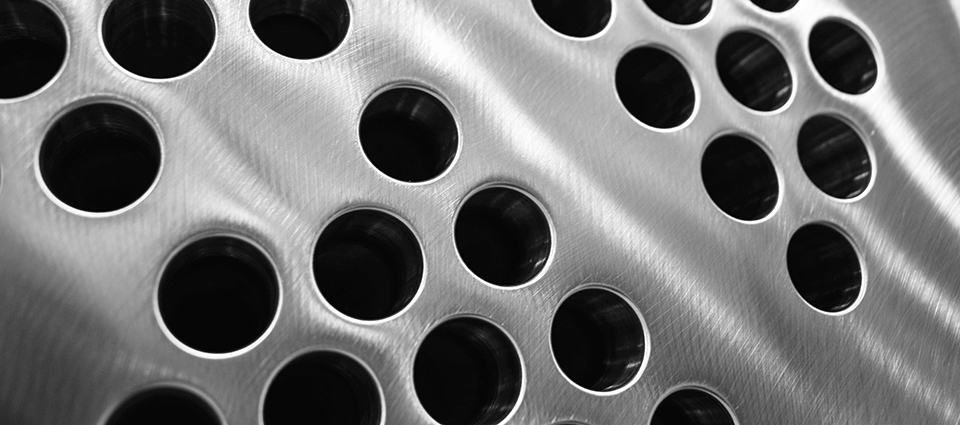Shell and tube heat exchangers are built to perform—but only if they’re properly cleaned and maintained. Whether you’re planning a new system or evaluating your current one, understanding how tube configuration affects cleanability can help you avoid downtime, fouling, and costly repairs.
Let’s break down the most common tube configurations and what you need to know to keep them clean and operating efficiently.
Fixed Tube Sheet Heat Exchangers
Straightforward design, straightforward cleaning—mostly.
Fixed tube sheet exchangers are popular for their simplicity and cost-effectiveness. The tubes are straight and welded to the shell, making the construction solid and reliable.
Cleaning Tips:
-
Tube side cleaning is easy. Just remove the bonnet and you’re in. Brushes, hoses, or chemical flushes can go right through the straight tubes with minimal effort.
-
Shell side cleaning? Trickier. Since the tube sheet is welded in, mechanical access to the shell side is nearly impossible. You’ll need to use chemical cleaning agents—and make absolutely sure they’re fully flushed out afterward to avoid corrosion or contamination.
-
Bonnet style matters. L-type and N-type bonnets allow easy access without removing piping. M-type bonnets? Not so much—you’ll need to remove the entire head.
Best for: Clean fluid applications on the shell side or systems where fouling is minimal.
U-Tube Heat Exchangers
Flexible in operation, less so in cleaning.
With just one tube sheet and a return bend, U-tube exchangers are great for applications with high thermal expansion. But that bend at the end? It complicates cleaning.
Cleaning Tips:
-
Tube side is tough. Mechanical cleaning is limited unless you’re using flexible-shaft tools or articulating brushes. Chemical cleaning is possible, but hardened scaling at the bend can be stubborn.
-
Shell side is a breeze. One tube sheet makes disassembly easier, allowing straightforward access to clean the shell and the outside of the tubes.
Best for: Non-fouling services on the tube side and when thermal expansion is a major concern.
Floating Head Heat Exchangers
The best of both worlds—cleaning and flexibility.
Floating head exchangers combine the cleaning ease of straight tubes with the flexibility to handle expansion like a U-tube. One tube sheet is fixed; the other “floats” to accommodate movement.
Cleaning Tips:
-
Tube side cleaning is easy. Straight tubes mean standard brushes and hoses work well.
-
Shell side cleaning is also accessible. Many floating head designs allow you to remove the entire tube bundle for a deep clean.
-
Watch the rear head design.
-
P-type: Easy tube side access, but you can’t pull the bundle.
-
S-type: Bundle is removable but harder to disassemble.
-
T-type: Easier to remove and clean—often preferred, though slightly more expensive.
-
W-type: Also easy to remove and typically more budget-friendly.
-
Best for: Applications with heavy fouling or thermal cycling, such as petroleum processing or reboilers.
Cleaning Considerations = Smarter Design Decisions
When selecting or maintaining a heat exchanger, don’t treat cleaning as an afterthought. Choosing the right tube configuration for your process—and knowing how to clean it—can improve performance, minimize downtime, and extend the life of your equipment.
Not sure which setup is best for your operation? Contact us for guidance tailored to your process.
More from the Enerquip Blog
- Preventing Cross Contamination in Your shell and tube heat exchangers
- Five Important Qualities to Look for in Pharmaceutical Process Equipment
- Pharmaceutical manufacturers must meet ASME-BPE standards
- Closed-loop process cooling can help reduce water, energy use in pharmaceutical manufacturing
- Enerquip Pharma Exchangers meet cGMP’s

